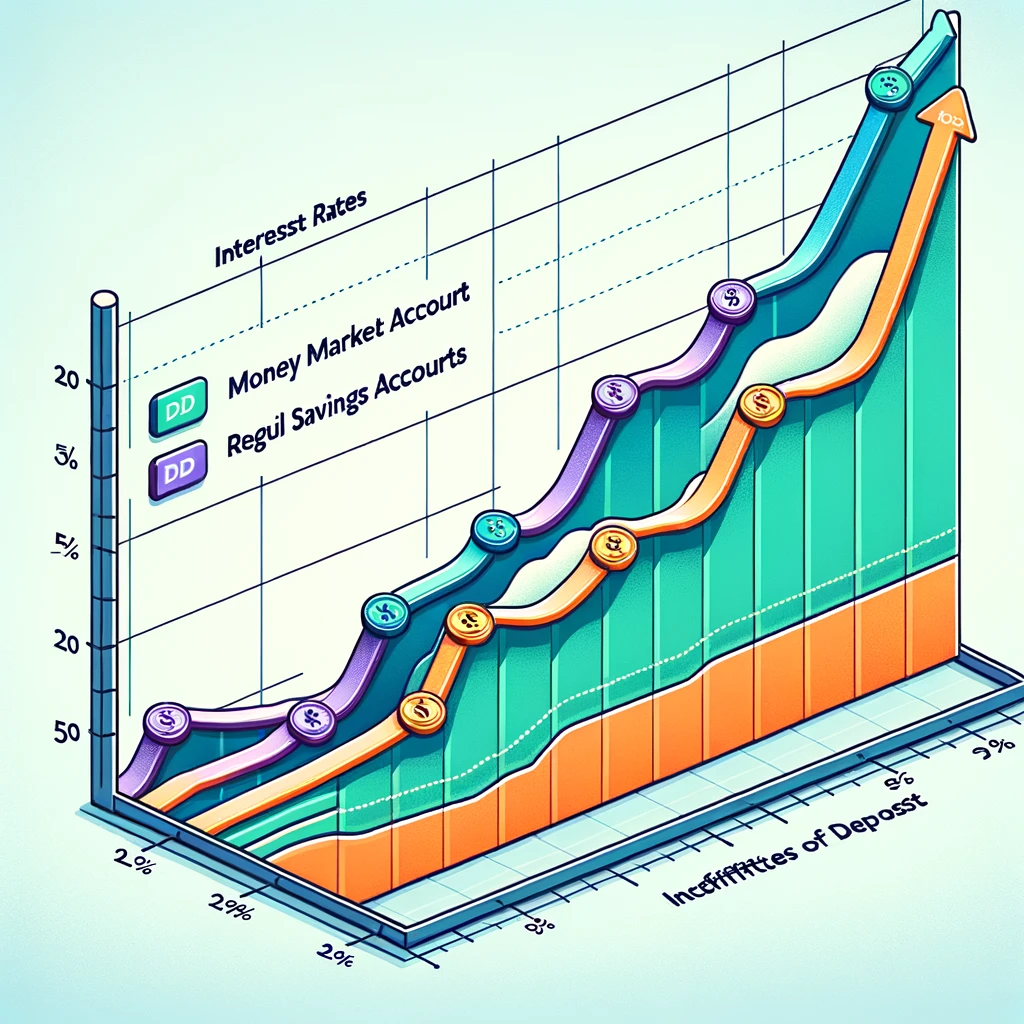In the dynamic landscape of business, reaching customers effectively is a challenge that every company faces. Channel marketing emerges as a strategic approach to tackle this challenge, offering businesses a structured way to promote and distribute their products or services through various channels. This comprehensive guide aims to unravel the intricacies of channel marketing, providing insights, anecdotes, and a step-by-step understanding of its significance.
Table of Contents
What is Channel Marketing?
At its core, channel marketing involves collaborating with third-party partners, such as distributors, retailers, or influencers, to reach a wider audience and enhance the visibility of a product or service. It’s a symbiotic relationship where both the brand and its partners work together to create a seamless experience for the end consumer. Picture this: a smartphone brand partnering with a popular electronics retailer to showcase and sell their latest models. This collaboration not only expands the brand’s reach but also leverages the retailer’s established customer base.
The Landscape of Channel Marketing
To navigate the complex world of channel marketing, it’s crucial to understand the various channels available. Online channels, including social media, e-commerce platforms, and affiliate marketing, have gained prominence in the digital age. Simultaneously, offline channels such as brick-and-mortar stores, resellers, and traditional advertising remain influential. The art lies in finding the right mix that aligns with your product and target audience.
Why Channel Marketing Matters
Channel marketing isn’t just a buzzword; it’s a strategic imperative in today’s competitive marketplace. Imagine you’ve developed a groundbreaking product, but it remains confined to your website. Without effective channels, the chances of its success are limited. Here’s where channel marketing steps in, offering several compelling benefits:
Expanded Reach: Partnering with diverse channels allows your product to be seen by a broader audience, transcending geographical boundaries.
Credibility Boost: Associating with established partners lends credibility to your brand. Consumers are more likely to trust a product when it’s endorsed by a reputable channel.
Cost-Effective: Channel marketing often proves more cost-effective than individual marketing efforts. Instead of shouldering the entire burden of promotion, you share it with your partners.
Market Insights: Engaging with different channels provides valuable insights into consumer behavior, preferences, and market trends. This information can be invaluable for refining your strategies.
Step-by-Step Guide to Channel Marketing
Embarking on a channel marketing journey requires careful planning and execution. Let’s break down the process into manageable steps:
1. Identify Your Target Audience
Before diving into channel selection, understand your audience. Who are your potential customers? What channels do they frequent? This foundational step informs your entire channel marketing strategy.
2. Research and Select Channels
Based on your audience analysis, identify and research potential channels. This could involve exploring online platforms, attending industry events, or reaching out to potential partners directly. Look for channels that align with your brand values and have a significant reach.
3. Build Strong Relationships
Successful channel marketing relies on strong partnerships. Cultivate relationships with your chosen channels, understanding their needs and motivations. This collaborative approach enhances the effectiveness of your marketing efforts.
4. Create Compelling Content
Once your channels are in place, develop engaging and relevant content. Whether it’s social media posts, product descriptions, or promotional materials, tailor your content to resonate with the audience of each channel.
5. Track and Analyze Performance
Implement tracking mechanisms to monitor the performance of your channel marketing efforts. Analyze metrics such as click-through rates, conversion rates, and sales data. This data-driven approach enables you to refine your strategy continuously.
6. Adapt and Innovate
The business landscape is ever-evolving. Stay nimble and be willing to adapt your channel marketing strategy based on emerging trends, consumer feedback, and the performance of your channels.
Anecdotes from Successful Channel Marketing Campaigns
To illustrate the impact of channel marketing,
let’s delve into a couple of real-world examples:
1. Apple and Retail Partnerships
Apple’s strategic partnerships with retail giants like Best Buy and carrier stores have played a pivotal role in the success of its products. These partnerships not only provide Apple products with prominent shelf space but also leverage the expertise of sales staff to enhance the customer experience.
2. Amazon’s Affiliate Program
Amazon, a pioneer in e-commerce, has mastered channel marketing through its affiliate program. Bloggers, influencers, and website owners can partner with Amazon to promote products and earn a commission on every sale generated through their referral. This decentralized approach has significantly contributed to Amazon’s dominance in online retail.
Confidently Convincing: Why You Should Invest in Channel Marketing
Investing in channel marketing is not just a choice; it’s a strategic necessity for any business looking to thrive in the modern marketplace. The benefits are manifold, ranging from increased visibility to cost-effectiveness. By leveraging diverse channels, you’re not just selling a product; you’re creating a brand experience that resonates with a wider audience.
Imagine you’re in a crowded room, trying to share your story. Would you rather shout from a corner or have a group of trusted friends amplify your message? Channel marketing is akin to having those friends, each with their unique voice, spreading the word about your product. It’s a symphony of collaboration that harmonizes to create a resounding impact.
In Conclusion
Channel marketing is the compass that guides your brand through the vast seas of the market. It’s not a singular strategy but a tapestry woven with the threads of collaboration, trust, and innovation. By understanding your audience, selecting the right channels, and fostering strong partnerships, you unlock the potential for exponential growth.
Frequently asked questions (FAQs) related to channel marketing:
1. What are the key benefits of channel marketing for businesses?
Channel marketing offers several advantages, including expanded reach, enhanced credibility, cost-effectiveness, access to valuable market insights, and the opportunity for collaborative growth through strategic partnerships.
2. How do I identify the right channels for my business in a digital landscape?
Identifying the right channels involves researching your target audience, exploring online platforms, attending industry events, and reaching out to potential partners. Understanding where your audience spends their time is crucial for effective channel selection.
3. Can small businesses benefit from channel marketing, or is it primarily for larger enterprises?
Channel marketing is beneficial for businesses of all sizes. Smaller businesses can leverage channel partnerships to access wider audiences, enhance credibility through association with established partners, and achieve cost-effective marketing solutions.
4. How can I measure the success of my channel marketing efforts?
Tracking and analyzing key performance indicators (KPIs) such as click-through rates, conversion rates, and sales data are essential for measuring the success of your channel marketing efforts. Regularly assess these metrics to make data-driven decisions and refine your strategy.
5. What role does content play in channel marketing, and how can I create compelling content for different channels?
Content is crucial in channel marketing as it helps engage and resonate with diverse audiences. Tailor your content for each channel, considering the preferences of the specific audience. Whether it’s social media posts, product descriptions, or promotional materials, ensure that the content aligns with the tone and style of the chosen channel.















